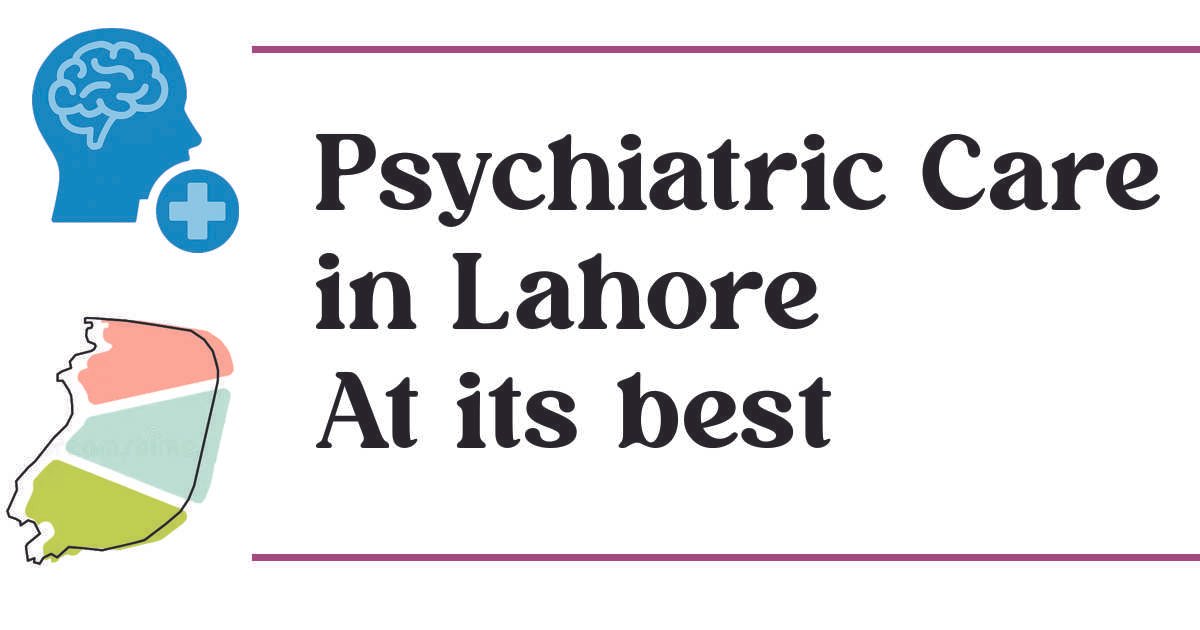Most articles treat psychiatry like a tool shop: here’s genetics, here’s AI, here’s therapy. But psychiatry doesn’t work like a toolbox—it works more like a city system where traffic (signals in the brain), zoning (genetics), public services (digital health), and new infrastructure (brain stimulation) constantly interact. I’ll use this “city of the brain” metaphor to explain advanced psychiatric services in Lahore, helping families in DHA, Gulberg, Model Town, and beyond see how modern treatments are reshaping what care actually means.
Why Psychiatry in Lahore Feels Like Old Lahore’s Streets
If you’ve ever driven through Old Lahore, you know the chaos: motorbikes zigzagging, donkey carts squeezing past cars, and intersections that don’t seem to follow physics. Traditional psychiatry has often been like that—narrow streets with limited exits: talk therapy, a few standard medications, and not much else.
Families in Lahore, whether in DHA Defence’s structured blocks or Model Town’s tree-lined avenues, often hit the same roadblock: treatments that plateau. Patients keep circling the same “roundabout” of antidepressants or counseling without finding a real exit.
That’s where advanced psychiatric care steps in—not to patch potholes but to redesign the city map of the brain.
Genetics: The Zoning Laws of Your Mental Health
In any city, zoning decides what goes where: factories over here, schools over there. Genetics works the same way in psychiatry.
- Some people inherit “industrial zones” in their brain chemistry—areas prone to pollution (think mood disorders).
- Others inherit “green zones”—resilience factors that protect against stress.
In Lahore, psychiatrists now use genetic testing to see which medications a person’s body can metabolize effectively. Instead of trial-and-error (the Old Anarkali food street approach—try everything until something works), families in Gulberg or Garden Town can now start with precision prescriptions based on genetic maps.
Brain Imaging: Lahore’s Urban Planning Maps
Imagine trying to build a flyover in Lahore without a city map. That’s what traditional psychiatry has been—treating symptoms without seeing the actual traffic jams inside the brain.
Advanced imaging like fMRI and PET scans are changing this. Psychiatrists can now see:
- Where “traffic lights” (neural signals) are failing.
- Which neighborhoods (brain regions) are overactive, like an overcrowded Liberty Market.
- Where bottlenecks cause mood, anxiety, or memory problems.
For families in Johar Town or Bahria Town, this means no longer relying just on how a patient “feels” but actually showing them a visual report—like a satellite map of Ring Road rush hour.
Digital Psychiatry: Metrobus for Mental Health
Here’s a thought: Metrobus didn’t just add buses; it reshaped how thousands of Lahoris move daily. Digital psychiatry apps and telepsychiatry do the same for mental health.
- Patients in WAPDA Town or Township can check in daily through mood-tracking apps.
- Video consultations mean families don’t need to fight Canal Road traffic to see a psychiatrist.
- AI-driven chatbots provide 24/7 “mental health first aid,” like late-night clinics that never close.
It’s not a replacement for doctors—it’s a bus lane that keeps traffic flowing smoothly.
Brain Stimulation Therapies: The New Flyovers
When traffic congestion gets unbearable, Lahore builds flyovers. In psychiatry, brain stimulation therapies like TMS (Transcranial Magnetic Stimulation) and ECT (Electroconvulsive Therapy, now gentler and safer) are those flyovers.
They don’t demolish the old roads; they redirect the flow:
- TMS nudges specific brain circuits back into rhythm—like traffic police with magnetic batons.
- ECT, when used carefully, clears the gridlock of severe depression—like a city-wide traffic reset.
For families in Shadman or Faisal Town, these advanced therapies are no longer “last resort” mysteries—they’re planned infrastructure projects available in Lahore’s top clinics.
AI in Psychiatry: Smart Traffic Systems
Think of Lahore’s new smart traffic lights that adjust based on real-time flow. That’s what AI in psychiatry does.
- Predicting relapses before they happen.
- Matching the right therapy to the right patient.
- Learning patterns from thousands of cases across Lahore and beyond.
For families in EME Society or Samanabad, AI isn’t a futuristic buzzword—it’s a safety net that keeps treatment one step ahead.
The Real Value for Families in Lahore
At the end of the day, families don’t care about acronyms or big words. They want to know: “Will my son finally find peace? Will my daughter manage her anxiety without losing herself?”
Advanced psychiatric care in Lahore is making that possible by:
- Reducing trial-and-error with genetic insights.
- Making the invisible visible with brain imaging.
- Extending care into the home with digital tools.
- Breaking through stuck cases with brain stimulation.
- Anticipating problems before they escalate with AI.
Where to Find Advanced Psychiatric Services in Lahore
If you’re searching across the city, here’s how the landscape looks:
- DHA Defence & Gulberg – Premium clinics offering brain imaging and genetic testing.
- Model Town & Garden Town – Established psychiatrists now integrating digital health apps.
- Johar Town & Bahria Town – Clinics adopting TMS and advanced therapies.
- Shadman, Faisal Town, WAPDA Town – Growing access to telepsychiatry and hybrid care models.
Final Word: A City That Learns From Itself
Psychiatry in Lahore is no longer just about sitting in a quiet room and talking—it’s about remapping the brain-city with tools as modern as genetic sequencing and as practical as a phone app.
And here’s the kicker: just like Lahore’s traffic system, no single fix works for everyone. The future lies in personalized, interconnected solutions.
So the next time someone in your family struggles with mental health, don’t think of it as a broken machine needing a spare part. Think of it as a city with potential—messy, yes, but ready for renewal.
